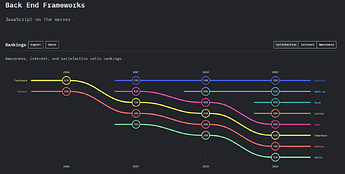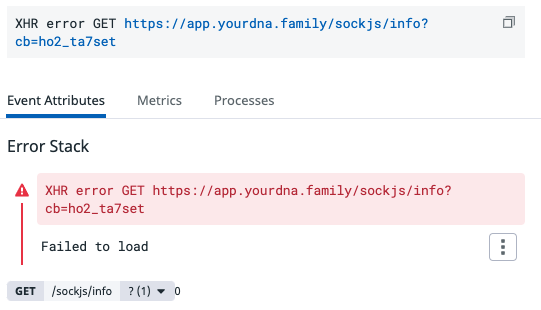Hi, when I set out to prototype, I always think of Meteor as a back-end. Back when Meteor was run by MDG, I used Meteor for several clients and projects.
It was great, but MDG definitely wanted a walled-garden for their cloud platform. Unfortunately, many of the essential packages in that ecosystem were “community” packages, so the ecosystem dragged when the community didn’t update/improve them over time. MDG went off to create Apollo, and I eventually left in search of other tools.
For example, Quasar, is an amazing front-end development tool, which I now use for digital mockups and front-ends. Unfortunately, I have no idea on how to make Quasar and Meteor work together.
Here’s a Quasar + Meteor template, but it doesn’t build. The glue package hasn’t been updated in 4 years (except by a dependencies bot).
I get that Meteor’s build tool created Blaze front-ends, and now can do Vue, React, Svelte, etc. But the Vue ecosystem keeps evolving past what Meteor offers, so I keep looking to Meteor then turning away disappointed.
I looked at the Roadmap and adding Capacitor is on the list.
Quasar can create SPA, PWA + offline w/ SSR, Cordova, Capacitor, Electron, and Browser extensions. There are Vue alternatives to Quasar. React is a whole other ecosystem.
We’re still building front-ends separate from web back-ends - MDG had $20 million(?) in VC funding to create a tool that did both, and couldn’t keep up with both.
My honest question is this: Given what’s available from other open-source projects, is improving Meteor’s build tool still relevant for building front-ends?
Why can’t I import a Meteor CORE client npm package into my Quasar project and get all the data services I want out of Meteor? Or, import a custom npm package built by the Meteor build tool.
I don’t want a community glue package, because they become unmaintained and it is frankly just easier to make a REST API than to try to understand and maintain a random 4 year old glue package. I experienced this with some unmaintained Vue integration packages.
Is there a simple integration path using core maintained modules I’m missing?
Are these questions and thoughts relevant to the future of Meteor?
Thanks for reading!

